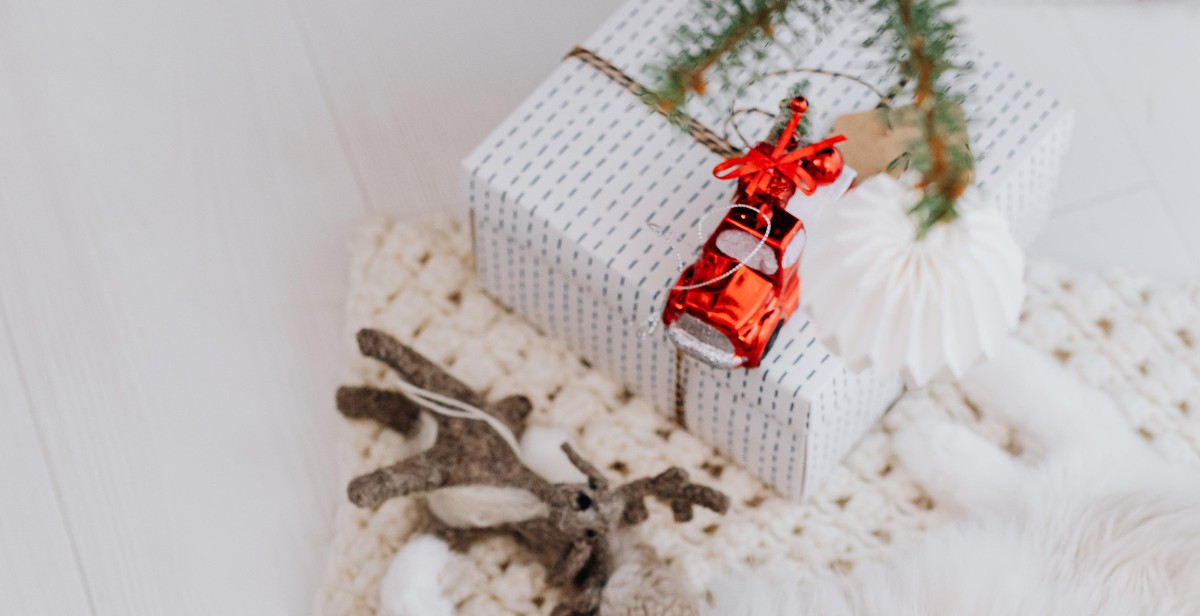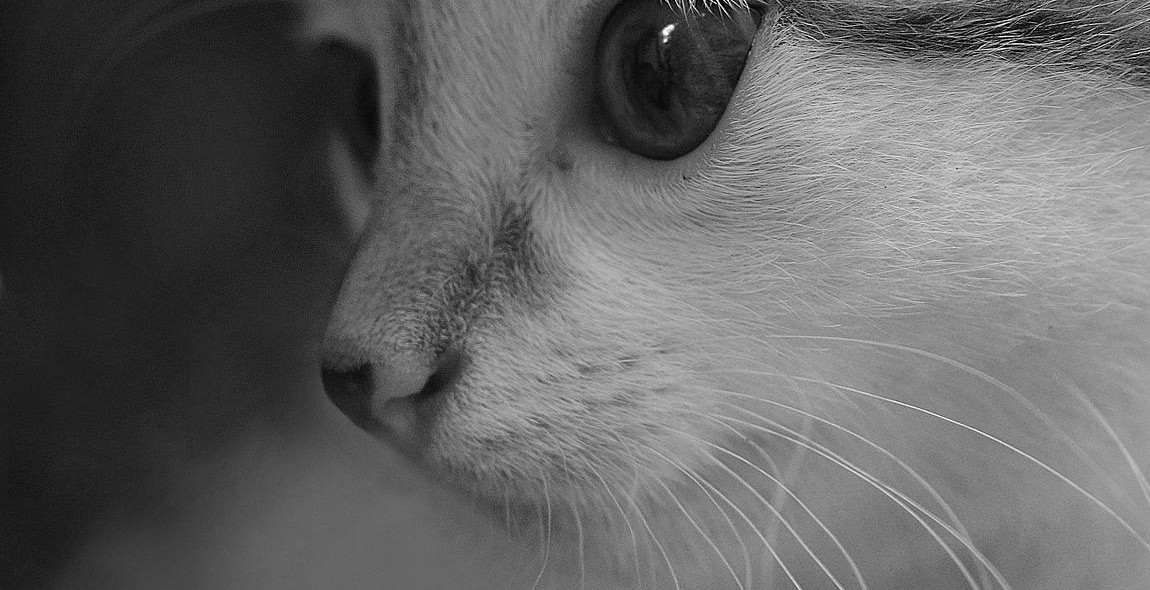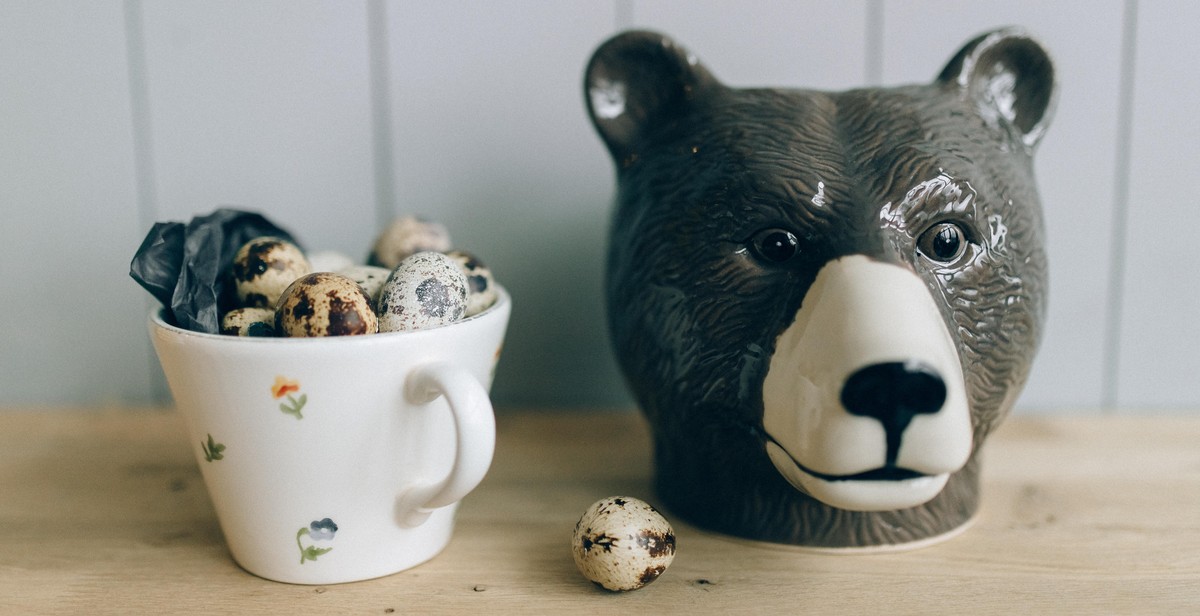How to Introduce a New Dog to Your Resident Cat: Steps for Successful Integration
Bringing a new dog into a household with a resident cat can be a daunting experience for both pets and their owners. However, with proper planning and execution, the introduction process can be smooth and successful. In this article, we will discuss the steps you can take to ensure a positive experience for your pets.
Why Introducing a New Dog to Your Resident Cat is Important
The introduction process is crucial to the well-being of both pets. A poor introduction can result in stress, anxiety, and aggression, while a successful introduction can lead to a long and happy relationship between the two animals.
It is important to understand that cats and dogs have very different social structures and communication methods. Cats are typically solitary animals who prefer their own company, while dogs are pack animals who thrive on social interaction. Therefore, introducing a new dog to a resident cat requires careful consideration and preparation.
In the following sections, we will outline the steps you can take to introduce a new dog to your resident cat, including creating a safe space for your cat, introducing scents, and supervised interactions.

Step 1: Prepare Your Home
Introducing a new dog to your resident cat can be a challenging process. However, with the right preparation, you can make the transition smoother for both your pets. The first step is to prepare your home for the arrival of your new dog.
Create a Safe Space for Your Cat
Before you bring your new dog home, make sure your cat has a safe and comfortable space to retreat to. Choose a room that your cat is familiar with and make sure it has all the necessary amenities, such as food, water, litter box, and toys. This will give your cat a sense of security and help reduce stress during the introduction process.
Set Up a Separate Area for Your Dog
Just like your cat, your new dog will also need a separate space to call their own. Choose a room or area where your dog can stay during the initial introduction period. Make sure it is a quiet and comfortable space that is free from any potential hazards. This will help your dog feel safe and secure while they get used to their new surroundings.
Introduce Your Cat’s Scent to Your Dog
Before the actual introduction, it’s important to let your dog get used to your cat’s scent. You can do this by giving your cat a blanket or towel to sleep on for a few days. Then, bring the blanket or towel into your dog’s space and let them sniff it. This will help your dog become familiar with your cat’s scent, making the introduction process less intimidating.
- Create a safe space for your cat
- Set up a separate area for your dog
- Introduce your cat’s scent to your dog

Step 2: Begin the Introduction
Now that you have prepared your home for the new addition, it’s time to start introducing your new dog to your resident cat. The key to a successful introduction is to start with short, supervised visits.
Use Positive Reinforcement
Before bringing your dog into the room, make sure to have plenty of treats on hand. Use positive reinforcement to encourage good behavior from both pets. Reward your cat and dog for calm behavior and any positive interactions they have with each other.
It’s important to keep the initial meetings short and sweet, so your pets don’t become overwhelmed or stressed. Gradually increase the length of the visits over time as your pets become more comfortable with each other.
Monitor Body Language and Behavior
During the introduction, keep a close eye on your pets’ body language and behavior. Signs of stress or aggression include hissing, growling, raised fur, and a stiff body posture. If you notice any of these signs, separate your pets and try again later.
Remember, every pet is different and may take a different amount of time to adjust to a new companion. Be patient and don’t force interactions between your cat and dog. With time, patience, and positive reinforcement, your pets can become best friends.

Step 3: Gradually Increase Exposure
Once your cat and dog have had successful interactions during supervised visits, it’s time to gradually increase their exposure to each other. This step requires patience and careful observation to ensure that both pets are comfortable and safe.
Increase the Length of Visits
Start by increasing the length of each visit. Begin with short visits of 10-15 minutes and gradually increase the duration to 30 minutes or longer. Always supervise these visits and be prepared to separate the pets if necessary.
Allow the Cat to Explore the Dog’s Space
As your pets become more comfortable with each other, allow your cat to explore the dog’s space. This includes the dog’s bed, crate, and any other areas where the dog spends time. This will help your cat become more familiar with the dog’s scent and presence.
Make sure your dog is not in the same area when your cat is exploring. This will prevent any potential conflicts and allow your cat to explore without feeling threatened.
Final Thoughts
Gradually increasing exposure is an essential step in successfully integrating a new dog into a household with a resident cat. Remember to always supervise visits and be patient with your pets. With time, patience, and positive reinforcement, your cat and dog can become great friends.

Step 4: Encourage Positive Interactions
Encouraging positive interactions between your new dog and resident cat is essential for a successful integration. Here are some tips to help you:
Reward Good Behavior
Positive reinforcement is a powerful tool in encouraging good behavior in both your dog and cat. When your pets interact positively, reward them with treats or praise. This will help them associate good behavior with positive outcomes and encourage them to continue interacting in a friendly manner.
Supervise Playtime
When your pets start playing together, it’s important to supervise their interactions closely. Keep a close eye on them to ensure they don’t get too rough or aggressive with each other. If you notice any signs of aggression, separate them immediately and try again later.
You can also use toys to encourage positive playtime between your pets. Interactive toys like puzzle feeders or tug-of-war ropes can help distract them from any potential conflicts and encourage them to play together peacefully.
Conclusion
Encouraging positive interactions between your new dog and resident cat is crucial for a successful integration. By rewarding good behavior and supervising playtime, you can help your pets develop a positive relationship with each other. Remember to be patient and give your pets time to adjust to each other’s presence. With some patience and effort, your dog and cat can become the best of friends.

Step 5: Be Patient
Integrating a new dog with a resident cat takes time, and it is important to be patient throughout the process. Understand that the two animals may not become best friends overnight, and that it may take weeks or even months for them to fully accept each other.
Don’t Force Interactions
It is important to allow the cat and dog to interact on their own terms. Do not force them to be in the same room or to interact with each other if they are not ready. This can cause stress and anxiety for both animals and can set back the integration process.
Allow the cat and dog to sniff each other from a distance and observe each other’s behavior. If they seem comfortable, you can gradually increase their interactions by allowing them to be in the same room while supervised. Always be ready to intervene if necessary.
Be Consistent
Consistency is key when introducing a new dog to a resident cat. Stick to a routine and make sure both animals have their own space and resources. This includes separate feeding areas, litter boxes, and sleeping areas. This can help reduce competition and minimize stress for both animals.
Positive Reinforcement
Positive reinforcement is a great way to encourage good behavior and build a positive association between the cat and dog. Reward them with treats and praise when they interact calmly and positively with each other. This can help reinforce good behavior and encourage continued progress in the integration process.
Remember, every cat and dog is unique and may require a different approach to integration. Be patient, observe their behavior, and adjust your approach as needed. With time and patience, most cats and dogs can learn to coexist peacefully and even become good friends.

Conclusion
Introducing a new dog to your resident cat can be a challenging and stressful experience for both animals. However, with the right approach and patience, you can ensure a successful integration that will lead to a harmonious household.
Recap of the Steps for Successful Integration
- Prepare a safe space for your cat
- Gradually introduce scents
- Supervise initial interactions
- Provide positive reinforcement
- Be patient and consistent
Remember that every animal is unique and may require different levels of time and attention during the introduction process. It is important to monitor their behavior and adjust your approach accordingly.
Benefits of a Successful Integration
A successful integration can lead to a happier and healthier household for both your cat and dog. They will have a companion to play with, share affection, and even groom each other. This can also reduce the risk of behavioral problems such as anxiety, aggression, and destructive behavior.
By following these steps and providing a positive and safe environment, you can ensure a successful integration and a lifelong bond between your cat and dog.
